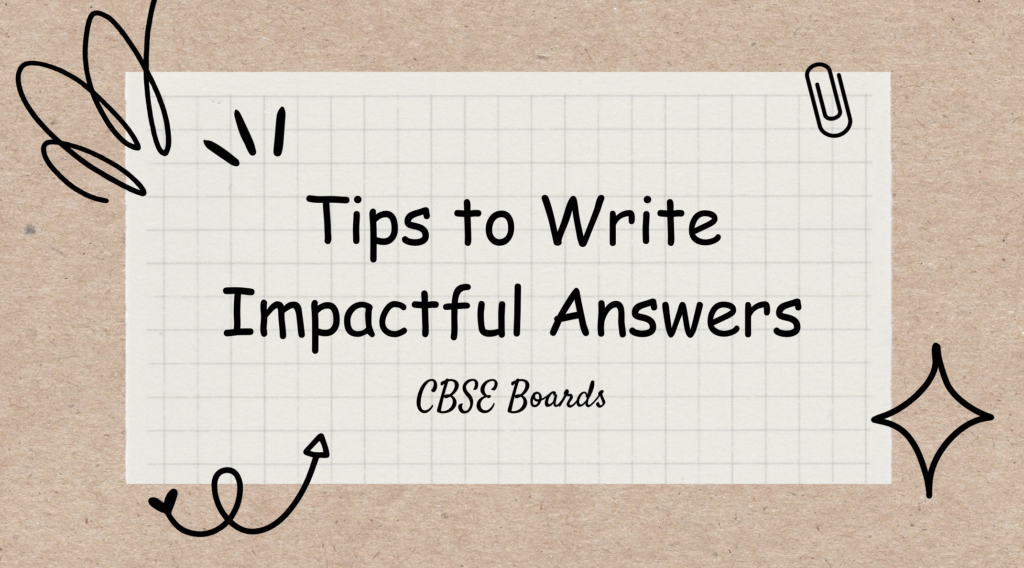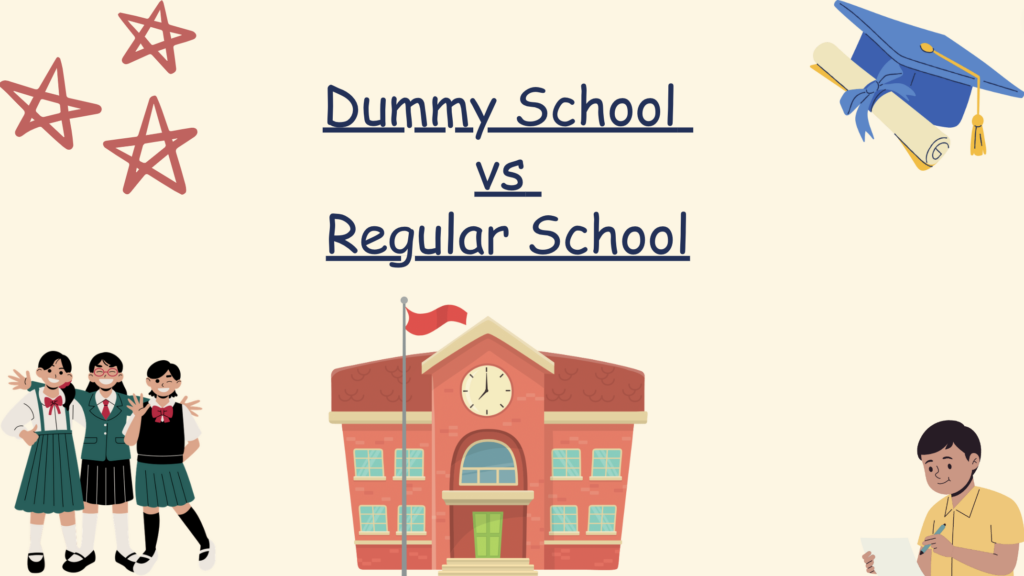Important Questions of CBSE Class 12 Chemistry
CBSE Class 12 Board Exams: Important Questions to Score Good Marks in Chemistry
From ‘Solid States’ to ‘Chemistry in Everyday Life’ Doubtnut Brings to you All Important Questions to score Good marks in Chemistry CBSE Class 12 Board Exams. Practice below listed Chemistry Important Questions Class 12 and score 90+ marks in this tricky yet scoring subject.
To get good grades in chemistry, one needs to be good in both the calculation part as well as the theory. Therefore, to help the student excel in this subject Doubtnut presents to you Chemistry Important Questions Class 12 for your last minute preparation.
For Quick Revision Chemistry Important Questions Class 12
As you begin your board exam preparation, make sure to practice Chemistry Important Questions Class 12 to score more than 90 in this subject. Our chemistry examination expert team has put together the most important questions from each section – physical chemistry, organic chemistry, and inorganic chemistry to help students excel in the examination. These important questions are very helpful for the exam and advance level preparation.
Marks Distribution Table of CBSE Class 12 Chemistry
|
Unit |
Topic |
Marks |
|
1 |
Solid State |
4 |
|
2 |
Solutions |
5 |
|
3 |
Electrochemistry |
5 |
|
4 |
Chemical Kinetics |
5 |
|
5 |
Surface Chemistry |
4 |
|
6 |
General Principles and process of Isolation of Metal |
3 |
|
7 |
p-Block Chemistry |
8 |
|
8 |
d-and f-Block Elements |
5 |
|
9 |
Coordination Compounds |
3 |
|
10 |
Haloalkanes and Haloarenes |
4 |
|
11 |
Alcohols, Phenols and Ethers |
4 |
|
12 |
Aldehydes, Ketones and Carboxylic Acid |
6 |
|
13 |
Organic Compounds Containing Nitrogen |
4 |
|
14 |
Biomolecules |
4 |
|
15 |
Polymers |
3 |
|
16 |
Chemistry in Everyday Life |
3 |
|
Total |
70 |
Physical Chemistry Important Questions
Physical Chemistry comprises of 4 subjects – Solid State, Solutions, Electrochemistry and Chemical Kinetics. To score in this section student must have good numerical solving and reasoning ability. Students with a strong base in mathematics can easily score in this section having worth 12 or 14 marks. Do the written practice of numericals from this section. It is the best tip you can get!
Important Questions for CBSE Class 12 Chemistry:-
1. A body centre cubic element of density = 10.3 gm/c.c. has cell edge of 300 ppm. Calculate the atomic mass.
2. An element crystallizes in fcc structure having unit cell edge length= 200 ppm. Calculate the density if 200 gm of this element contains 24 ×1023atom.
3. The effective radius of a Fe atom is 1.42 Ao. It has a rock-salt-like structure. Calculate density. ( Fe = 50 a.m.u ) Ans:- 5.74 gm/c.c.
4. An element (density 6.8 gm/c.c.) occurs in the BCC structure with a cell edge of 290 pm. Calculate no of atom present in 200 gm of the element. Ans:- 24.12×10 23 atom
5. Determine the type of lattice to which a given crystal belongs if it has an edge length of 300 pm & d=7.5 gm/cc (Molecular mass 56 gm mol – )
Hint:-Find Z. Ans:- BCC.
Solid State
- What are the number of atoms per unit cells in a simple unit cubic cell, FCC, BCC, HCP unit cell?
- What is the packing efficiency and vacant space in SC, FCC, BCC, HCP unit cell?
- What fraction of atoms contributed by an atom at the face centre, corner and body centre of the unit cell.
- What is the coordination number of HC, FCC, BCC, HCP?
- What is the relation between edge length and radius of the atom in SC, FCC, BCC unit cell? Write a feature which will distinguish a metallic solid from an ionic solid.
- Silver crystallizes in FCC unit cell. The edge length is 409 pm. Calculate the radius of the silver atom.
- Distinguish between conductor, semiconductor and insulator.
- Distinguish between tetrahedral and Octahedral void.
- Write the difference between Schottky and Frenkel Defect.
- Define with examples:
1) Ferromagnetic Substances
2) Paramagnetic Substances
3) Diamagnetic Substances
4) Antiferromagnetic Substances
5) Ferrimagnetic Substances - What is Semiconductors? Explain types of Semiconductors.
- Copper crystallizes in the FCC lattice with edge length 3.61×10-8cm. Show that the calculated is in agreement with its measured value of 8.92 gcm -3 .
- What is the difference between amorphous and crystalline materials?
- An element has a BCC unit cell with an edge length of 288 pm.
The density of the element is 7.2 g/cm 3 . How many atoms are present in 208 g of an element.
Solutions - Compare with the ideal and non-ideal solution.
- Derive expressions for Osmotic Pressure.
- What are colligative properties and types of Colligative properties?
- What do you mean by depression in freezing point? Derive expression.
- A Solution of Glucose in water is labelled as 10% (w/w). If the density of the solution is 1.2 g/ml. Calculate molarity, molality of a solution and mole fraction of each component.
- State Henry’s Law. Mention its application.
- State Raoult's Law for vapour pressure of a solution of volatile and non-volatile components.
Chemical Kinetics
- What is the order of radioactive decay reaction?
- What is the rate of reaction?
- What is the unit of the rate constant for zero, first and second order reaction?
- What is the effect of temperature on the rate of reaction?
- Plot graph between rate and constant of the reaction.
- Give an example of zero and first order reaction.
- What is the difference between order and molecularity of the reaction?
- For the reaction 2X————-> X 2 the rate of reaction becomes 27 times when the concentration of X is increased by 3 times. What is the order of reaction?
- Define rate law and rate constant.
- Describe three factors which affect the rate of reaction.
Surface Chemistry
1. Write the difference between lyophilic and lyophobic solutions.
2. Lyophilic Colloids are more stable than lyophobic colloids? Explain.
3. What are enzymes? State some important properties of Enzymes.
4. Explain Homogenous and Heterogenous with examples.
5. Distinguish between the meaning of terms adsorption and absorption. Give one example of each.
6. What is the different between Physisorption and Chemisorption?
7. What is adsorption isotherm? Describe Freundlich adsorption isotherm.
8. What is the difference between multimolecular and macromolecular colloids ? Give an example of each. How are associated colloids different from these two types of colloids.
9. What are emulsions? What are their different types? Give an example of each type.
Organic Chemistry Important Questions
In general, Organic Chemistry is always a weak link for most of the students. However, it forms a major portion of your syllabus. From this section, students must give special attention to the name reaction such as Reactions like Hell–Volhard–Zelinsky Cannizzaro reaction, Sandmeyer reaction, Rosenmund reduction, Kolbe–Schmitt reaction Reimer–Tiemann reaction, Hoffman bromamide reaction etc. You can definitely find one or even two question of 3 marks from this section, without a doubt.
1. Write the structural formula and IUPAC name of DDT.
2. Arrange the following halides in the order of increasing SN2 reactivity.
CH3 Cl, CH3 Br, CH3CH2Cl, (CH3) 2 CHCl.
3. Alkyl Chloride is hydrolysed more readily than n-propyl chloride. Explain.
4. Give the uses of Carbon tetrachloride
5. What is meant by racemic mixture?
6. Write the structural formula and IUPAC name of the following
a)Tert-pentyl bromide
b) Benzyl Chloride
7. Write the equation of the following reactions:
a) Sandmeyer’s reaction b)Wurtz-Fitting reaction
8. Distinguish between the following pair:
a) Bromobenzene & Benzyl bromide
b) n Propyl alcohol & isopropyl alcohol
9. Give a mechanism of the following reaction:
(CH3)3CBr+OH→ (CH3)3COH+Br–
10. How is acetone obtained from ethyl alcohol?
Inorganic Chemistry Important Questions
The inorganic chemistry consists of Chapters such as p-block, d and f block, and coordination chemistry. It is easy to score in this section. In fact, p-block alone has a weight of 8 marks. Coordination chemistry is also not hard. From inorganic chemistry, you can expect normal reasoning type questions, predominantly from p block and d and f block.
P-Block Element:-
1.Manufacture of Ammonia by Haber’s process.
2.Manufacture of Sulphuric acid by the contact process.
3.Manufacture of Nitric acid by Ostwald process.
4.Anomalous Behavior of N.O.F.
5.Basicity
6.Interhalogen Compounds
d and f block elements:-
1. Manufacture of potassium dichromate
2. Manufacture of potassium permanganate?
3. What is lanthanoid contraction? Write any two consequences of lanthanoid contraction.
4. Formula for spin only magnetic moment interstitial compounds.
Coordination Compound:-
1. Postulates of werners' theory
2. VBT Complexes
3. Definitions of Isomerism-geometrical isomerism, Hydrate isomerism, Co-ordination isomerism, Ionisation, Linkage Isomerism
4. Crystal field theory, Octahedral & Tetrahedral
Metallurgy
1. Explain the process of leaching of alumina from bauxite.
2. Explain mond’s process. (method of refining of nickel)
3. Zone refining.
4. Definition of Calcinations roasting and poling.
5. Froath-Floatation process.
Top Questions which will Definitely Come in CBSE Class 12 Chemistry Exams
CBSE Class 12 Students who are lagging in revisions and want to excel in the Chemistry board examination should not leave out the given Chemistry Important Questions Class 12. These can help you easily score marks.
Also, an important question from biomolecules, polymers and chemistry in everyday life are also given. Given list top question are highly expected to come in exam. So, now without wasting any start practising right away!
1. ZnO crystal on heating acquires the formula Zn(1+x) O . Give reason.
2. There is an increase in conductivity when Silicon is doped with Phosphorous. Give reason.
3. Based on the type of dispersed phase, what type of colloids are micelles?
4. Low spin configuration is rarely observed in tetrahedral coordination entity formation. Explain
5. On the basis of crystal field theory, write the electronic configuration of d6 in terms of t2g and eg in an octahedral field When ∆o
On the ending note, to simply pass the exam you only need 23 marks out of 70, which is easy. However, if your target is to top the Chemistry examination, then practice given Chemistry Important Questions Class 12 and Just focus on the NCERT Book for Class 12 Chemistry!



